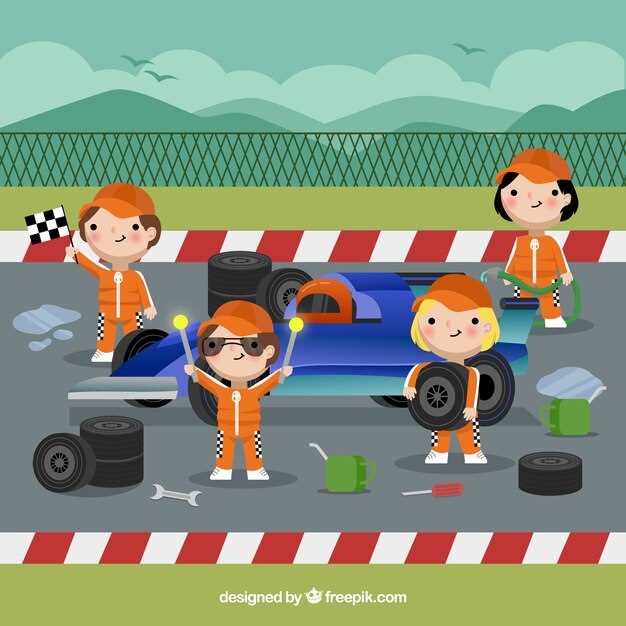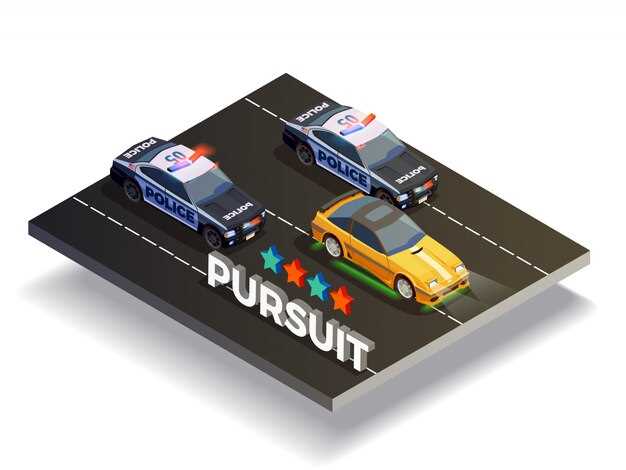
In the high-octane world of motorsports, safety is paramount. The two leading organizations that set the safety benchmarks for racing are the Fédération Internationale de l’Automobile (FIA) and the SFI Foundation (SFI). Each organization has established specific standards that govern the materials and equipment used in competitive racing, ensuring compliance with stringent safety protocols. Understanding the distinctions and similarities between FIA and SFI standards is crucial for teams, drivers, and manufacturers alike.
The FIA is recognized globally for its comprehensive regulations that cover various aspects of motorsport safety, ranging from vehicle design to driver equipment. Its standards prioritize the protection of the driver during accidents, emphasizing advanced materials and innovative technologies. On the other hand, the SFI Foundation focuses primarily on performance and safety within North American motorsports, setting a different set of criteria that also aim to enhance driver safety but often reflect the unique challenges faced in this region.
This article delves into the critical differences in the compliance requirements set forth by FIA and SFI, exploring how these standards affect equipment selection and race preparation. By doing so, we aim to provide a clearer understanding of how these safety protocols influence the motorsport industry and the implications they have for drivers’ safety on the track.
Key Differences in Certification Processes for Drivers’ Gear

The certification processes for drivers’ gear under FIA (Fédération Internationale de l’Automobile) and SFI (SFI Foundation, Inc.) standards present notable differences, focusing on racing safety equipment compliance. FIA standards are widely recognized globally and require rigorous testing protocols for various types of gear, including helmets, suits, gloves, and shoes. Each piece of equipment must meet specific performance benchmarks that are evaluated through extensive laboratory tests and on-track evaluations. The FIA certification is often seen as more comprehensive, as it incorporates not only the structural integrity of materials but also factors such as fire resistance and overall durability in extreme racing conditions.
In contrast, SFI standards cater primarily to the American motorsport scene and establish a different approach to certification. While SFI also mandates testing for safety equipment, the focus tends to be more on ensuring the gear can withstand certain impact and fire criteria rather than a broader range of performance metrics. Manufacturers are responsible for conducting these tests and submitting results to SFI for approval, which may lead to more variation in compliance levels among gear produced under these standards. The SFI certification process can be perceived as less comprehensive due to its reliance on manufacturer testing and lack of mandatory independent evaluations.
Another key distinction lies in the maintenance of compliance over time. FIA requires regular re-evaluation of gear, ensuring that equipment remains compliant as materials and technologies evolve. This ongoing assessment fosters a high standard of safety that aligns with the latest advancements in racing gear. Conversely, SFI certifications can become outdated if not explicitly renewed or if changes in standards are not adopted by gear manufacturers, potentially leading to lapses in safety compliance.
Ultimately, understanding these certification differences is crucial for drivers, teams, and manufacturers in the motorsport industry. Selecting equipment that meets the appropriate safety standards enhances protection and performance on the track while ensuring that all gear used is compliant with the respective regulations governing their specific racing environments.
Evaluating Compliance Requirements for Racing Organizations
Compliance with safety standards is crucial for racing organizations aiming to ensure the welfare of drivers, teams, and spectators. The FIA (Fédération Internationale de l’Automobile) and SFI (Safety Equipment Institute) provide distinct frameworks that govern safety practices within motorsport, and understanding these standards is essential for effective implementation.
Both FIA and SFI require racing organizations to adhere to specific compliance metrics, which encompass vehicle safety, equipment certification, and driver protection protocols. Organizations must evaluate these requirements carefully to determine which standards align best with their operational needs and safety goals. This involves analyzing both the technical specifications and procedural guidelines outlined by each authority.
Compliance entails not only meeting the minimum safety standards but also maintaining ongoing adherence to evolving regulations. Racing organizations are responsible for regularly auditing their practices to ensure they remain compliant with the latest updates from both FIA and SFI. Failure to comply can result in penalties, including fines, suspension, or disqualification from competitions.
Furthermore, racing organizations must provide adequate training for personnel to understand compliance requirements fully. This training helps ensure that teams are knowledgeable about the necessary safety equipment, emergency procedures, and risk management strategies. By fostering a culture of safety and compliance, organizations can enhance their reputation and ensure the longevity of their racing programs.
In conclusion, evaluating compliance requirements is a continuous process that requires a proactive approach. By aligning with the standards set forth by FIA and SFI, racing organizations can not only fulfill legal obligations but also actively contribute to creating a safer motorsport environment.
Impact of Safety Standards on Vehicle Design and Performance

The integration of safety standards, such as FIA and SFI, profoundly influences the engineering and design of racing vehicles. These standards dictate specific requirements for the construction of safety equipment and the overall vehicle architecture, ensuring that both driver and vehicle are protected in the event of an accident.
Structural integrity is a primary focus of these safety standards. For instance, FIA regulations mandate the use of high-strength materials that can absorb impact energy efficiently. This has led to the development of advanced composite materials and reinforced chassis designs, enhancing both the durability and safety of racing cars.
Additionally, the weight of the vehicle plays a critical role in performance. Stringent safety standards often result in the addition of safety features that can increase weight, prompting manufacturers to seek innovative solutions to maintain performance metrics. Lightweight safety solutions, such as carbon fiber components and smart engineering techniques, have emerged as a response to these challenges.
Another significant impact is seen in the area of cockpit design. Safety standards require specific configurations for driver restraints, roll cages, and cockpit padding, which directly influence driver ergonomics and visibility. This aspect has led designers to strike a balance between safety features and ease of maneuverability, crafting cockpits that protect while allowing drivers to perform at their best.
Lastly, safety standards affect the vehicle’s overall performance characteristics. Engineers must consider how safety enhancements can influence aerodynamics, traction, and handling. For example, changes to weight distribution due to safety components can alter a vehicle’s dynamics on the track. Manufacturers continuously test and refine their designs to comply with safety standards while optimizing performance outcomes in competitive settings.












